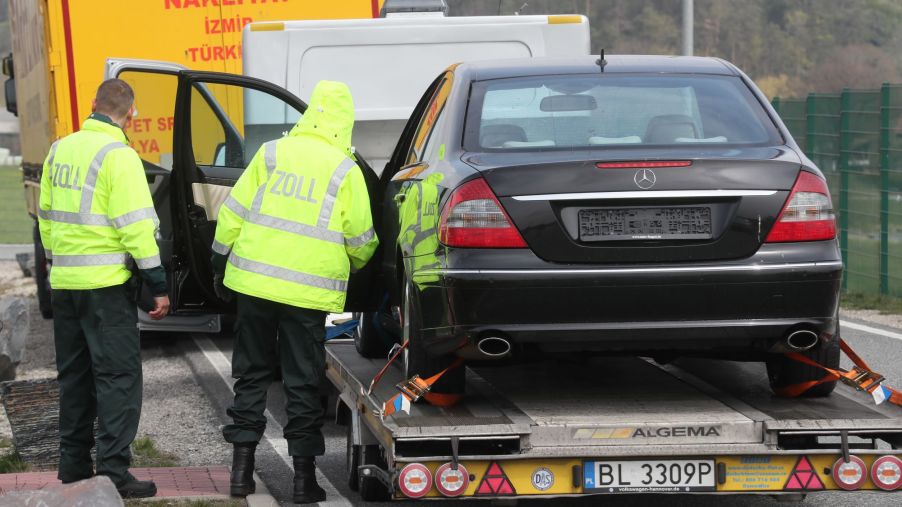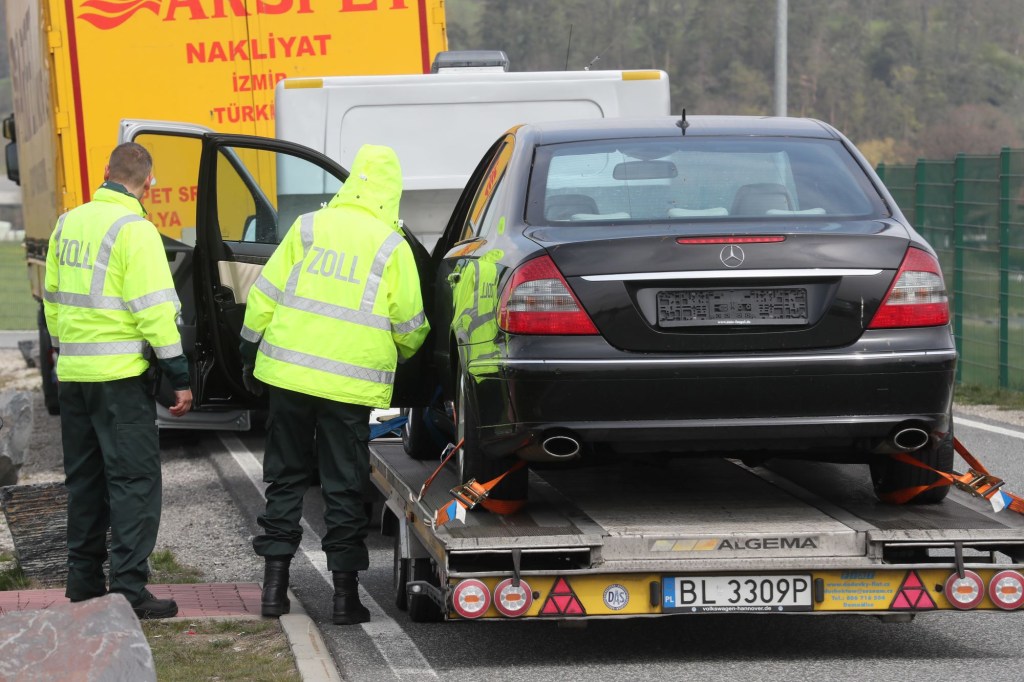
3 Different Ways to Haul Your Car With an RV
Now that you’ve joined the world of RV road-trippers, you may be wondering which is the best way to tow a car behind your rig. Add this to all the other things you need to consider before, during, and after a road trip, and it may seem quite complicated. In the interest of happy camping for all, here are three different ways to haul your car with an RV.
Getting around after you’ve set up camp having a car with an RV

A recreational vehicle is a great way to travel. An RV offers every convenience of home right at your fingertips. However, once you’ve settled into a campsite, your big rig is not a viable option for quick trips to the store and back. For that, you’ll want a car.
Outdoorsy knows a lot about RV life, including several ways to haul a car behind a motorhome. Here are three hauling methods commonly used by recreational vehicle enthusiasts and the necessary equipment.
1. Four down
Also called “dinghy towing” or “flat towing,” four down hauling indicates the number of tires on the road. This hauling method has little or no effect on handling and does not typically reduce gas mileage.
Four down towing requires less equipment than other types of towing and can be set up and disconnected by one person. That’s the benefit. The downside is that you can’t back up with a four down attached to your RV.
According to Outdoorsy, in addition to a simple tow bar, you may need a base plate installed on the vehicle, a wiring kit, safety cables, and a supplemental braking system.
Not all vehicles can be safely towed this way, so consult your owner’s handbook or contact the manufacturer before using the four down towing method.
2. Tow dolly
Ideal for hauling front-wheel-drive vehicles, a tow dolly is a trailer with attached ramps upon which the vehicle’s front wheels rest. You don’t need to install a base plate on the car you wish to haul, but you will need safety chains and ratchet straps.
Before loading, make sure your RV parking brake is deployed, and ensure the hitch ball is securely fastened to your rig. Most states require tow dolly trailers to be licensed, adding a few dollars to this hauling method.
According to RVing Guide, a tow dolly adds between 500 and 1,500 pounds to the weight of your rig and will increase fuel costs significantly. Due to this increased weight, onboard brakes are highly recommended.
Outdoorsy says you can’t back up an RV with a tow dolly in place, but Good Sam says you can. Limit surprises once you’re on the road by trying it for yourself before leaving home in a safe open environment.
3. Car hauler trailer
For rear-wheel-drive and all-wheel drive vehicles, a car hauler trailer works well. It generally comes with two 3,500-pound rated axles and very low to no rails along the sides.
Like a tow dolly, a car hauler trailer may require a license plate of its own. If the hauler doesn’t come with built-in ramps, you’ll need to add them. Likewise, you will need to install a brake controller if the trailer has electric brakes.
You’ll also need several ratchet straps to lock the vehicle to the hauler securely. Also, remember that once you reach your destination, you’ll have to find a place to stow the trailer.
Check the owner’s manual before choosing a way to tow a car with an RV
All the information you need to know about hauling a car behind your RV can be found in your vehicle’s owner’s manual. According to Edmunds, you will find detailed instructions about which, if any, fuses to pull, which switches to turn off, and which to leave on in your owner’s manual, as well as the correct position for the transmission shift lever.
Virtually any car can be towed behind your RV with the right after-market equipment. Nonetheless, you will spare yourself a lot of trouble when you tow a vehicle that is manufacturer-certified for towing.


